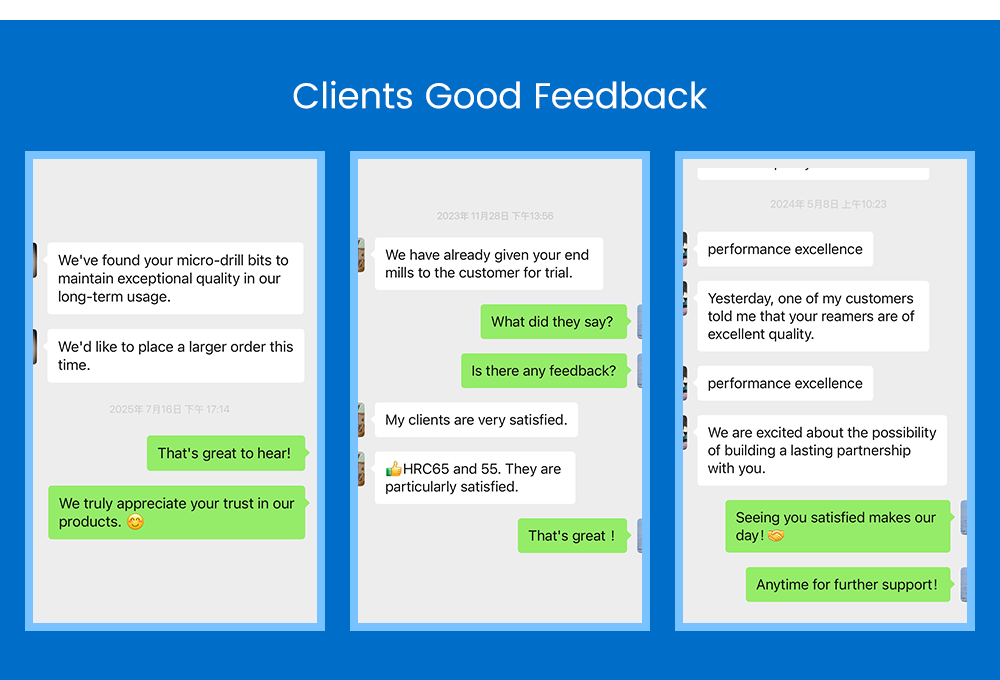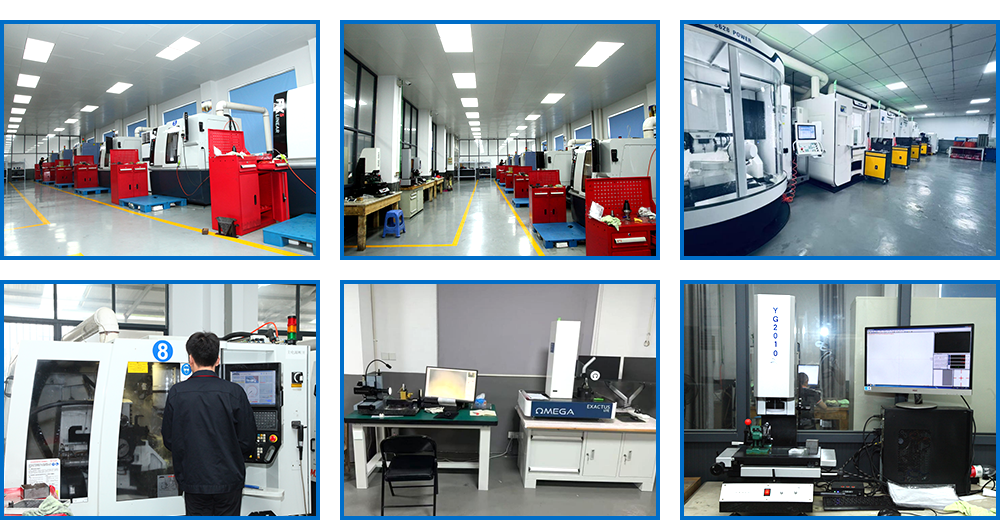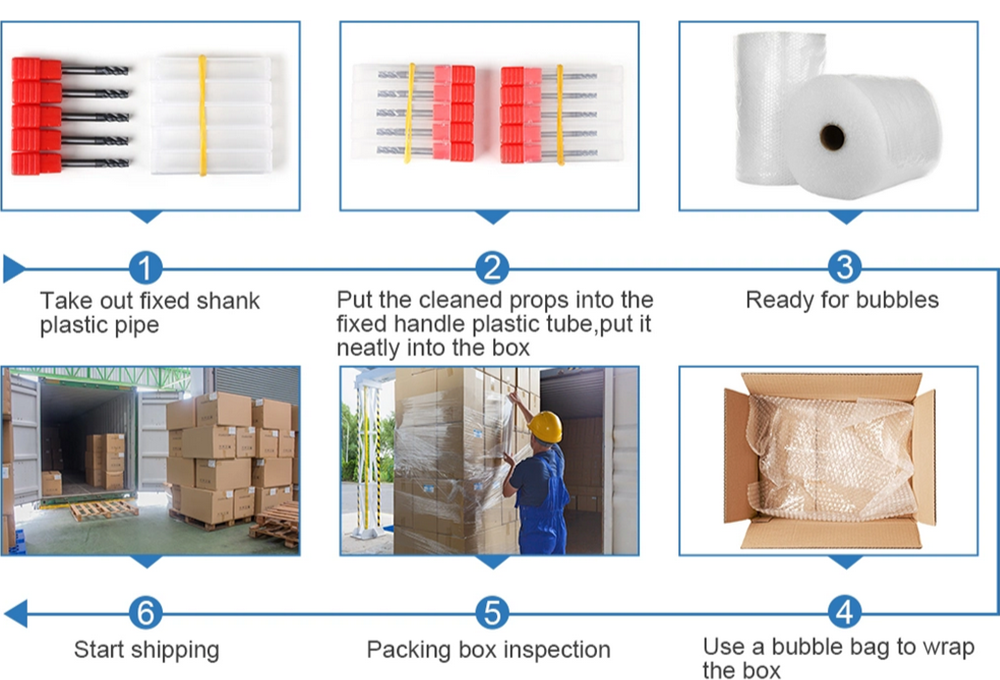English
- All
- Product Name
- Product Keyword
- Product Model
- Product Summary
- Product Description
- Multi Field Search
| SKU: | |
|---|---|
| Availability: | |
| Quantity: | |










PCD Wood Machining Tools
I am pleased to introduce our high-performance PCD (Polycrystalline Diamond) Wood Machining Tools, which are widely recognized for their exceptional durability, precision, and efficiency in woodworking and panel processing.
Elevate your woodworking precision beyond standard carbide. SUPSTTED PCD (Polycrystalline Diamond) Tools represent the pinnacle of cutting technology, meticulously engineered for professionals demanding absolute consistency, flawless finishes, and relentless productivity in the most demanding modern materials.
Unrivaled Edge Integrity for Modern Challenges:
SUPSTTED tools feature ultra-fine, meticulously graded diamond particles, fused under extreme conditions to our proprietary tungsten carbide substrates using a multi-stage, high-integrity brazing process. This creates an edge with near-zero tolerance for micro-chipping or wear deformation, essential for maintaining critical tolerances over thousands of cuts. Where conventional tools falter, SUPSTTED excels – effortlessly machining highly abrasive composites like HPL, phenolic resins, melamine-overloaded MDF, and wood-plastic composites laden with silica or alumina fillers. Our PCD exhibits exceptional resistance to chemical degradation from resins and adhesives, preserving edge geometry where others degrade.
Precision Performance Engineered In:
Every SUPSTTED PCD tool undergoes post-bonding laser refinement and micro-polishing of flutes and critical surfaces. This minimizes friction-induced heat buildup and material adhesion, crucial for preventing gumming in resinous woods or coated materials. Our application-specific geometries – honed through rigorous testing – optimize chip evacuation and cutting forces, ensuring vibration-free operation even at maximum feed rates. This translates directly to glass-like, burn-free surface finishes right off the machine, significantly reducing or eliminating secondary sanding on critical surfaces like veneers, acrylics, and pre-finished panels.
SUPSTTED Advantage: Predictable Longevity & ROI:
Experience the shift from reactive tool changes to predictable production runs. SUPSTTED PCD tools deliver order-of-magnitude longer service life compared to premium carbide in abrasive applications. This translates into dramatically reduced machine downtime, lower tooling inventories, and consistent part quality run after run. Invest in SUPSTTED PCD – where precision meets persistence, engineered exclusively for the forefront of advanced wood machining. Specify SUPSTTED: Cut Smarter, Produce More.
Show Details

Clients Good Feedback

Factory

Service Introduction

Logistics Package

FAQ
Q1: What exactly is a PCD tool bit, and what does "PCD" stand for?
A1: PCD stands for Polycrystalline Diamond. A PCD tool bit features a cutting edge made from synthetic diamond particles, fused together under extremely high pressure and temperature. This diamond layer is then bonded to a carbide or steel tool body. PCD offers exceptional hardness, wear resistance, and thermal conductivity compared to traditional carbide tools.
Q2: What are the main advantages of using PCD tools for wood machining?
A2: Key advantages include:
Extremely Long Tool Life: PCD is vastly more wear-resistant than carbide, especially when machining abrasive materials like MDF, HDF, particleboard, laminates (melamine), and resin-rich wood composites. This drastically reduces tool changes and downtime.
Superior Surface Finish: PCD provides a consistently smooth, high-quality cut edge with minimal chipping or tear-out, even on challenging materials.
Higher Productivity: Due to extended life and the ability to often run at higher feed rates while maintaining quality, PCD tools increase overall machining output.
Reduced Heat Buildup: Excellent thermal conductivity helps dissipate heat, protecting the tool and the workpiece.
Q3: For which wood-based materials are PCD tools most recommended?
A3: PCD tools excel when machining highly abrasive materials, including:
Medium Density Fiberboard (MDF)
High Density Fiberboard (HDF)
Particleboard / Chipboard
Laminated Panels (Melamine, HPL, LVL)
OSB (Oriented Strand Board)
Wood-Plastic Composites (WPC)
Resin-impregnated or coated woods
Plywood (especially abrasive core types)
They are generally not cost-effective for machining solid, non-abrasive hardwoods or softwoods where carbide performs adequately.
Q4: Why are PCD tools more expensive than carbide tools? Is the investment worth it?
A4: PCD tools have a higher initial cost due to the expensive synthetic diamond material and the complex manufacturing process. However, the investment is almost always justified by:
Dramatically longer lifespan (often 50-100x longer than carbide in abrasive applications).
Reduced machine downtime for tool changes.
Consistent high-quality finish over the entire tool life.
Lower cost per part/meter machined in high-volume or abrasive material production.
The ROI (Return on Investment) is typically very favorable for suitable applications.
Q5: Can PCD tooling be re-sharpened?
A5: Yes, PCD tooling can and should be professionally re-sharpened. While the PCD tip itself wears very slowly, the cutting edge can become dull or damaged. Professional re-sharpening restores the optimal geometry and cutting performance at a fraction of the cost of a new tool. Multiple re-sharpenings are usually possible, further extending the tool's total lifespan and maximizing value. Proper chip clearance geometry is crucial after sharpening.
PCD Wood Machining Tools
I am pleased to introduce our high-performance PCD (Polycrystalline Diamond) Wood Machining Tools, which are widely recognized for their exceptional durability, precision, and efficiency in woodworking and panel processing.
Elevate your woodworking precision beyond standard carbide. SUPSTTED PCD (Polycrystalline Diamond) Tools represent the pinnacle of cutting technology, meticulously engineered for professionals demanding absolute consistency, flawless finishes, and relentless productivity in the most demanding modern materials.
Unrivaled Edge Integrity for Modern Challenges:
SUPSTTED tools feature ultra-fine, meticulously graded diamond particles, fused under extreme conditions to our proprietary tungsten carbide substrates using a multi-stage, high-integrity brazing process. This creates an edge with near-zero tolerance for micro-chipping or wear deformation, essential for maintaining critical tolerances over thousands of cuts. Where conventional tools falter, SUPSTTED excels – effortlessly machining highly abrasive composites like HPL, phenolic resins, melamine-overloaded MDF, and wood-plastic composites laden with silica or alumina fillers. Our PCD exhibits exceptional resistance to chemical degradation from resins and adhesives, preserving edge geometry where others degrade.
Precision Performance Engineered In:
Every SUPSTTED PCD tool undergoes post-bonding laser refinement and micro-polishing of flutes and critical surfaces. This minimizes friction-induced heat buildup and material adhesion, crucial for preventing gumming in resinous woods or coated materials. Our application-specific geometries – honed through rigorous testing – optimize chip evacuation and cutting forces, ensuring vibration-free operation even at maximum feed rates. This translates directly to glass-like, burn-free surface finishes right off the machine, significantly reducing or eliminating secondary sanding on critical surfaces like veneers, acrylics, and pre-finished panels.
SUPSTTED Advantage: Predictable Longevity & ROI:
Experience the shift from reactive tool changes to predictable production runs. SUPSTTED PCD tools deliver order-of-magnitude longer service life compared to premium carbide in abrasive applications. This translates into dramatically reduced machine downtime, lower tooling inventories, and consistent part quality run after run. Invest in SUPSTTED PCD – where precision meets persistence, engineered exclusively for the forefront of advanced wood machining. Specify SUPSTTED: Cut Smarter, Produce More.
Show Details

Clients Good Feedback

Factory

Service Introduction

Logistics Package

FAQ
Q1: What exactly is a PCD tool bit, and what does "PCD" stand for?
A1: PCD stands for Polycrystalline Diamond. A PCD tool bit features a cutting edge made from synthetic diamond particles, fused together under extremely high pressure and temperature. This diamond layer is then bonded to a carbide or steel tool body. PCD offers exceptional hardness, wear resistance, and thermal conductivity compared to traditional carbide tools.
Q2: What are the main advantages of using PCD tools for wood machining?
A2: Key advantages include:
Extremely Long Tool Life: PCD is vastly more wear-resistant than carbide, especially when machining abrasive materials like MDF, HDF, particleboard, laminates (melamine), and resin-rich wood composites. This drastically reduces tool changes and downtime.
Superior Surface Finish: PCD provides a consistently smooth, high-quality cut edge with minimal chipping or tear-out, even on challenging materials.
Higher Productivity: Due to extended life and the ability to often run at higher feed rates while maintaining quality, PCD tools increase overall machining output.
Reduced Heat Buildup: Excellent thermal conductivity helps dissipate heat, protecting the tool and the workpiece.
Q3: For which wood-based materials are PCD tools most recommended?
A3: PCD tools excel when machining highly abrasive materials, including:
Medium Density Fiberboard (MDF)
High Density Fiberboard (HDF)
Particleboard / Chipboard
Laminated Panels (Melamine, HPL, LVL)
OSB (Oriented Strand Board)
Wood-Plastic Composites (WPC)
Resin-impregnated or coated woods
Plywood (especially abrasive core types)
They are generally not cost-effective for machining solid, non-abrasive hardwoods or softwoods where carbide performs adequately.
Q4: Why are PCD tools more expensive than carbide tools? Is the investment worth it?
A4: PCD tools have a higher initial cost due to the expensive synthetic diamond material and the complex manufacturing process. However, the investment is almost always justified by:
Dramatically longer lifespan (often 50-100x longer than carbide in abrasive applications).
Reduced machine downtime for tool changes.
Consistent high-quality finish over the entire tool life.
Lower cost per part/meter machined in high-volume or abrasive material production.
The ROI (Return on Investment) is typically very favorable for suitable applications.
Q5: Can PCD tooling be re-sharpened?
A5: Yes, PCD tooling can and should be professionally re-sharpened. While the PCD tip itself wears very slowly, the cutting edge can become dull or damaged. Professional re-sharpening restores the optimal geometry and cutting performance at a fraction of the cost of a new tool. Multiple re-sharpenings are usually possible, further extending the tool's total lifespan and maximizing value. Proper chip clearance geometry is crucial after sharpening.
content is empty!